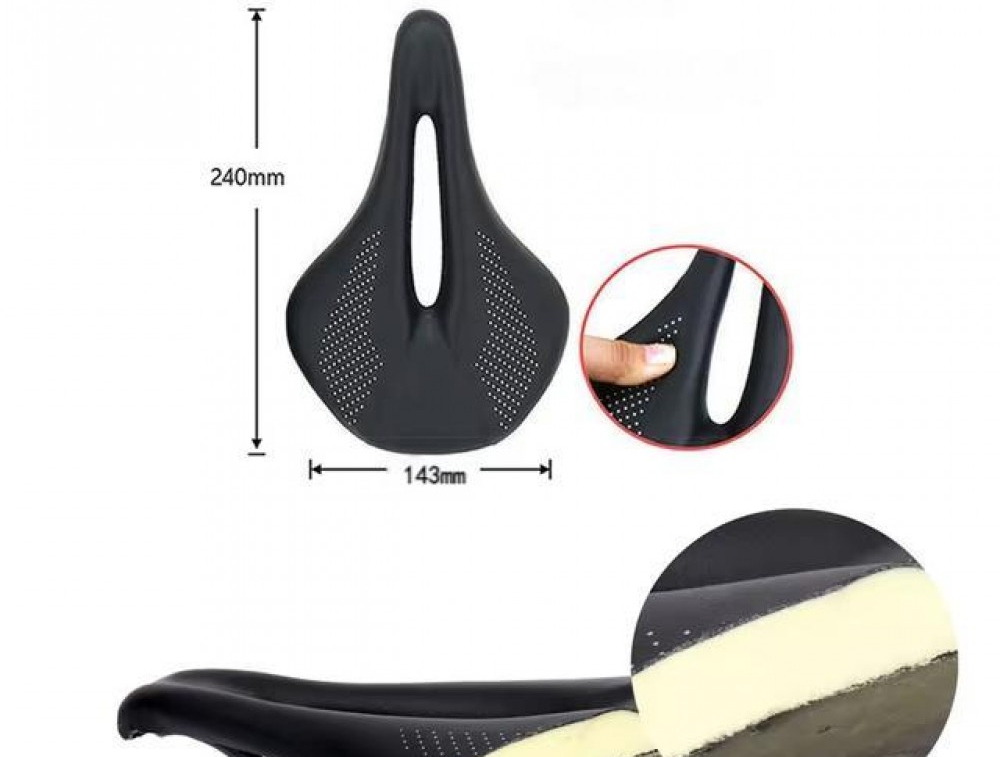
The short answer? No—not all bike saddles fit all bikes. While many saddles use universal designs, compatibility hinges on two key factors: rail type and seat post clamp design. Here's how to ensure your next saddle upgrade works seamlessly with your bike. 1. Rail Types Matter Saddle rails—the bars beneath the seat—vary in shape and material. Common rail styles include: Round rails: The standard for most bikes, compatible with basic clamps. Oval/7x9mm rails: Found on performance saddles; require clamps designed for oval shapes. Carbon rails: Lightweight but need clamps that avoid over-tightening (common in high-end posts). Carbon saddles, like TrifoxBike’s models, often use oval or round carbon rails. Check your seat post clamp's specs to confirm compatibility. 2. Seat Post Clamp Design Clamps come in two styles: Single-bolt: Adjusts saddle angle and position with one bolt; works with most rails. Twin-bolt: Offers micro-adjustability but may require specific rail shapes. If your post has a proprietary clamp (common on aero or integrated posts), verify rail compatibility before buying. 3. Saddle Width & Shape While width doesn't affect fit, it impacts comfort. Saddles range from narrow (130mm) for racing to wide (155mm+) for endurance. Match width to your sit bones for a pain-free ride. Why Choose Carbon? Carbon saddles, like TrifoxBike’s saddle, blend comfort and performance. They’re lighter than nylon or steel-railed options, reduce vibration, and often feature ergonomic cutouts for pressure relief. Just ensure your clamp supports carbon rails to avoid damage. While not all saddles fit all bikes, understanding rail types and clamp designs simplifies the process. Brands like TrifoxBike make it easier with standardized, high-performance options that balance weight, durability, and price. Ready to upgrade? Swap wisely and ride comfortably!
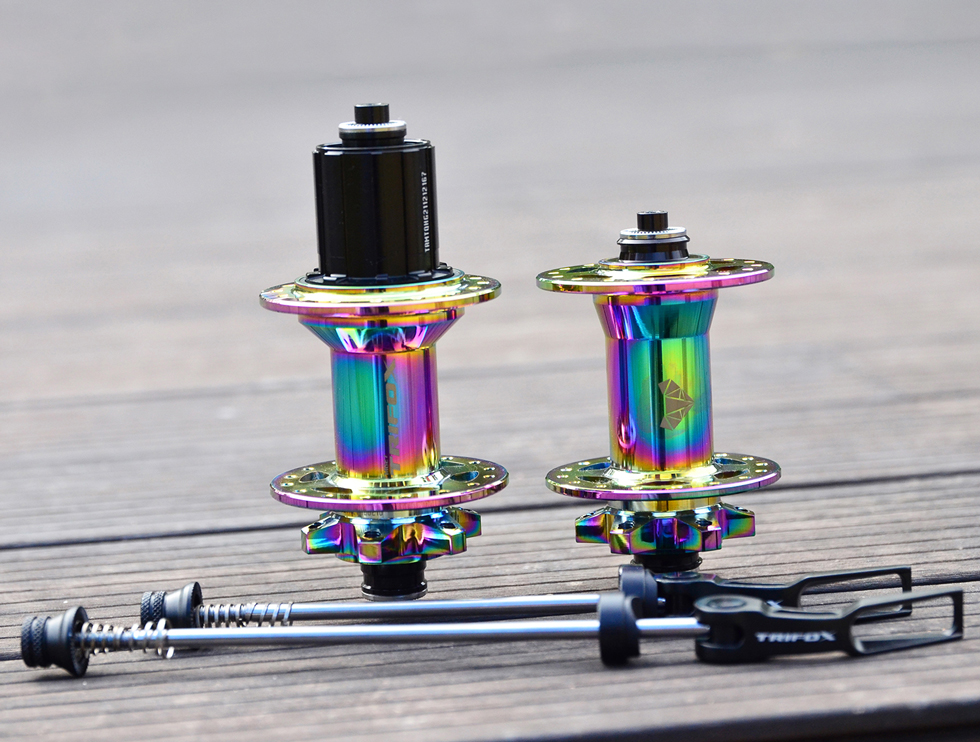
Building a high-performance bike doesn’t have to drain your savings. With strategic part selection and a focus on value, you can assemble a speedy, reliable ride without splurging on pro-level prices. The secret? Prioritize components that impact speed and durability while exploring budget-friendly brands like TrifoxBike, which offers quality parts at accessible prices. Here’s how to do it. 1. Frame: Start Smart Skip ultra-light carbon if you’re on a budget. Aluminum frames offer stiffness and durability at a fraction of the cost. Modern alloys rival mid-tier carbon in weight and ride quality, making them ideal for performance-focused builds. 2. Groupset: Mid-Tier Wins Shimano 105 or SRAM Rival deliver pro-level shifting precision without the premium price. Opt for mechanical over electronic shifting—it’s cheaper to maintain and nearly as responsive. Pair with a lightweight crankset and cassette for snappy acceleration. 3. Wheels: Alloy Over Carbon Deep-section alloy wheels improve aerodynamics and are more affordable than carbon. TrifoxBike’s alloy wheel options balance weight and stiffness, ensuring efficient power transfer. Save carbon upgrades for later. 4. Finishing Kit: Keep It Simple Handlebars, saddles, and seatposts don’t need to break the bank. TrifoxBike’s accessories page offers ergonomic, lightweight options that enhance comfort without compromising performance. 5. Prioritize Upgrades Focus spending on parts that boost speed first: wheels, then groupset, then frame. Small savings on components like stems or bar tape add up, letting you invest where it matters. A high-performance bike is achievable on a budget with smart choices. Brands like TrifoxBike prove you don’t need top-shelf prices for quality. By balancing cost and performance, you’ll build a machine that’s fast, reliable, and uniquely yours—without the financial strain. Ready to start? Explore TrifoxBike’s catalog and begin your build today!
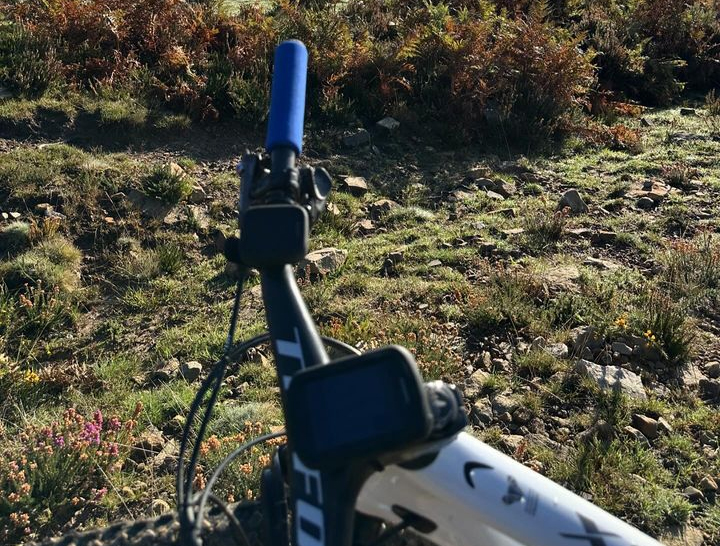
Integrated handlebars have surged in popularity among cyclists chasing sleek aesthetics and aerodynamic gains. But do their benefits outweigh the installation challenges and higher price tag? Let’s dive into the pros, cons, and who should consider this upgrade. The Appeal of Integrated Handlebars These one-piece systems combine the handlebar and stem into a unified design, reducing weight and cutting wind resistance. For road cyclists and XC mountain bikers, the aerodynamic edge can shave seconds on fast descents or sprints. The minimalist look also appeals to riders prioritizing a clean, modern cockpit. Brands like TrifoxBike offer models that balance performance and affordability, making them accessible to more riders. The Downsides: Complexity and Cost Installation is the biggest hurdle. Integrated bars require precise cable routing, often through the stem or frame, which can be time-consuming. Compatibility issues with existing components (e.g., shifters, brake lines) may arise, and cutting or adjusting the steerer tube demands technical skill—or a trip to your local bike shop. Cost is another factor: integrated setups can cost 2–3x more than traditional bars and stems. Who Should Bite the Bullet? Competitive riders or weight weenies will appreciate the marginal gains. Triathletes and road racers, in particular, benefit from the aerodynamic savings. However, casual riders or those who value adjustability might find the rigid setup limiting. Integrated bars lock you into a fixed riding position, which can be uncomfortable on long rides if the fit isn’t perfect. Maximizing Value If you're committed, opt for user-friendly systems with pre-routed cables or modular designs. TrifoxBike’s options, for example, offer durability without the premium price tag. Pair them with a professional fit session to ensure ergonomic alignment. Integrated handlebars deliver undeniable performance and style perks—if you’re willing to tackle the installation learning curve and cost. For competitive cyclists or tech-savvy enthusiasts, they’re a worthy upgrade. For everyone else? Stick with traditional setups for simplicity and flexibility. Explore TrifoxBike’s range to find a balance that suits your ride style and budget.
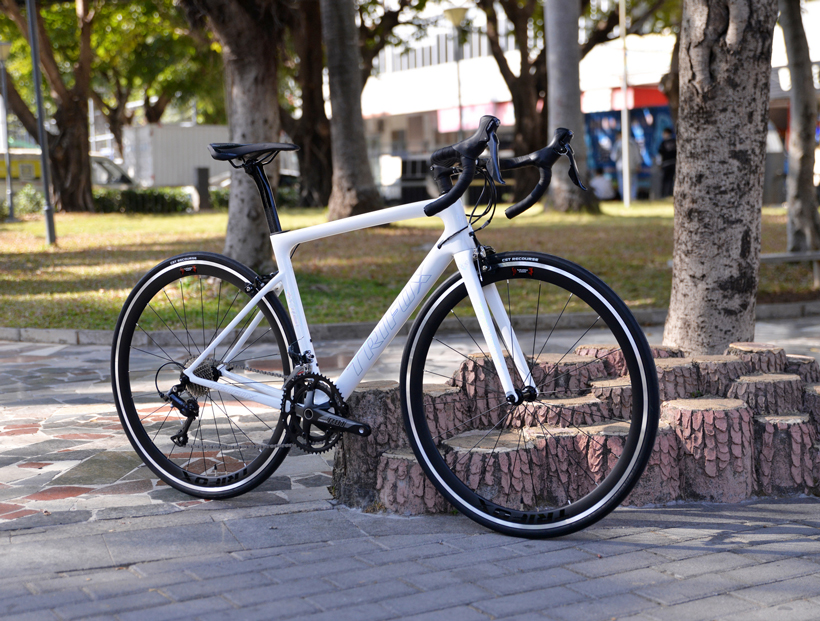
For cyclists obsessed with shaving seconds off their personal bests, every component choice matters. But does upgrading to a carbon aero frame deliver the speed gains it promises? Let’s break down the pros, cons, and key considerations. Why Carbon Aero Frames Shine Carbon aero frames are engineered for speed. Their lightweight construction enhances acceleration and climbing efficiency, while aerodynamic shapes slice through wind resistance—critical during time trials or flat-road sprints. Studies suggest aero frames can reduce drag by up to 30%, translating to measurable time savings over long distances. For racers or triathletes, these gains justify the premium price tag. The Trade-Offs Cost is the biggest hurdle. High-quality carbon frames, can cost 2–3x more than aluminum alternatives. Durability concerns also linger; carbon is strong but prone to damage from impacts, though modern manufacturing has improved resilience. Additionally, stiffness optimized for power transfer might sacrifice comfort on rough terrain, a consideration for endurance riders. Who Should Invest? If you're competing or prioritize marginal gains, a carbon aero frame is a worthy upgrade. Casual riders, however, may find the benefits negligible compared to the cost. For budget-conscious speed seekers, TrifoxBike offers balanced options, blending performance and value. Maximizing Your Investment Proper maintenance is key. Regularly inspect for cracks, avoid overtightening components, and store your bike carefully. Pair your frame with aero wheels and a optimized riding position to unlock full potential. For serious speed enthusiasts, a carbon aero frame is a game-changer. Its blend of weight savings and aerodynamics offers tangible advantages where seconds count. Explore TrifoxBike’s range to find a frame that aligns with your goals—and ride faster, smarter, and farther.
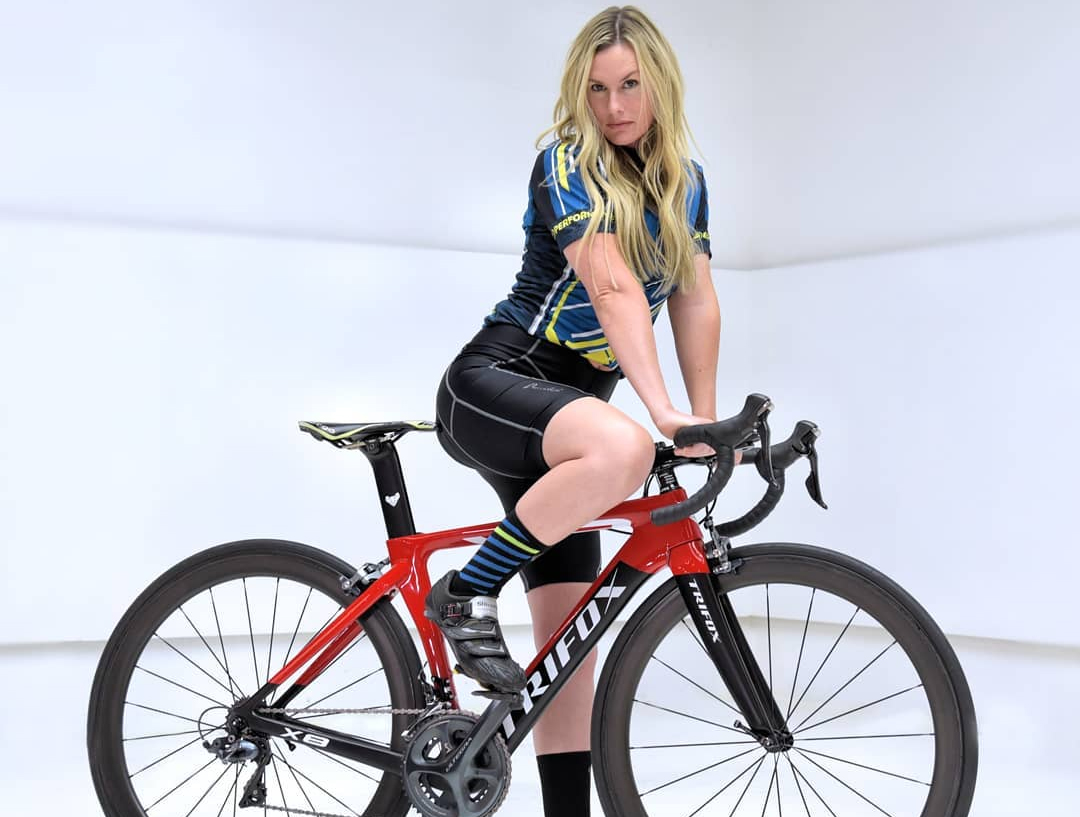
For cyclists chasing every second, the allure of a carbon aero road bike frame is undeniable. Sleek, wind-cheating designs promise speed gains—but with premium price tags, are they worth it? Why Carbon Aero Frames? Carbon aero frames, like Trifox’s X8, are engineered to minimize drag while maximizing stiffness. Key benefits include: Aerodynamics: Tube shapes and frame profiles slice through wind, saving watts at high speeds. Lightweight: High-quality carbon shaves grams without sacrificing strength. Responsive Ride: Optimized stiffness ensures efficient power transfer during sprints or climbs. For racers and time-trialists, these features can translate to tangible performance gains—think seconds saved over miles. The Cost Consideration Carbon aero frames aren't cheap. The Trifox X8 sits in the mid-to-high range, offering pro-level engineering at a fraction of boutique brand prices. However, budget-conscious riders might question if the speed boost justifies the cost. Ask yourself: How competitive are you? Marginal gains matter most in races or timed events. Do you ride long distances? Aero savings compound over miles, reducing fatigue. Is your current bike holding you back? Upgrading a heavy or outdated frame can unlock new PRs. Durability & Practicality While carbon is durable, aero frames can be less forgiving on rough roads compared to endurance-focused designs. The X8’s V-brake compatibility adds versatility, but disc brakes (not featured here) offer better stopping power in wet conditions. Who Should Invest? Racers: Every watt saved counts. Tech-Savvy Enthusiasts: Love cutting-edge gear? The X8’s blend of aerodynamics and classic V-brake compatibility offers a unique edge. Upgraders: Pairing the frame with high-end components (wheels, groupset) maximizes ROI. If speed is your obsession, a carbon aero frame like the Trifox X8 is a worthy investment. Its balance of aerodynamics, weight, and stiffness caters to riders hungry for performance. For casual cyclists, the cost may outweigh the benefits—but for those chasing podiums, it's a game-changer.
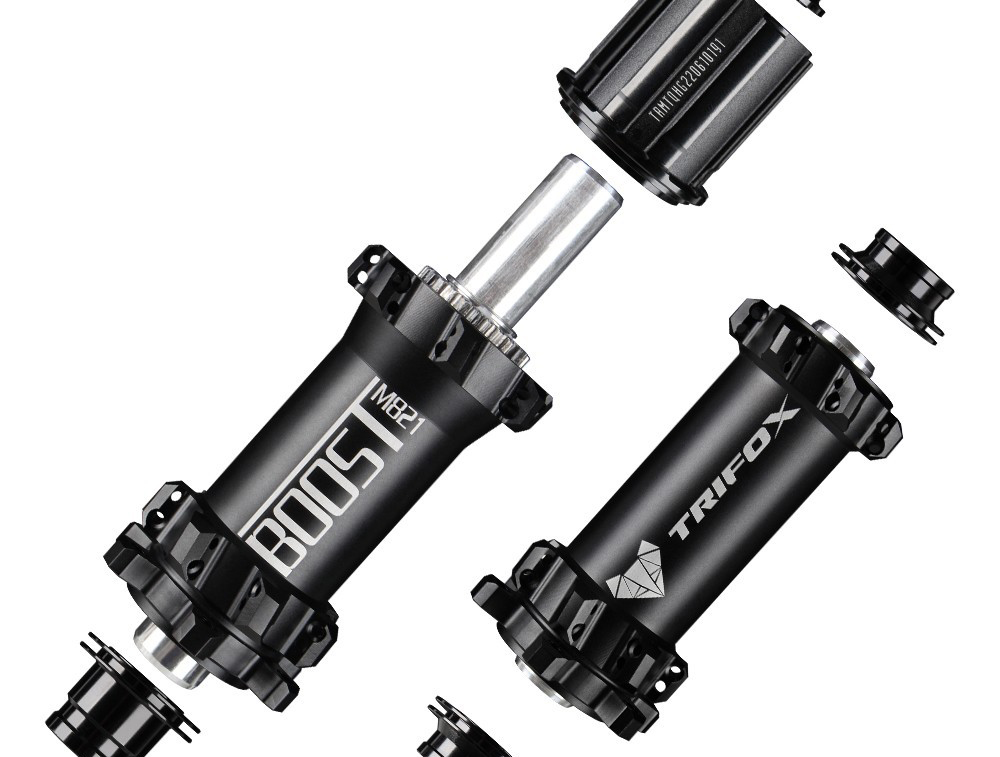
If you're eyeing a wheelset or frame upgrade, you’ve likely heard about “Boost” hubs. But is this wider hub standard (110x15mm front, 148x12mm rear) worth the investment? What is Hub Boost? Boost spacing increases hub width, allowing for stiffer wheels and better tire clearance. Developed for mountain biking, it enhances control on technical terrain by improving spoke bracing angles and reducing flex. Benefits of Boost Hubs Stiffer Wheels: Better power transfer and handling, especially during aggressive cornering or descents. Wider Tires: Accommodates modern, plus-sized tires (2.6”+), improving traction and comfort. Future-Proofing: Most new MTB frames and forks prioritize Boost compatibility. When Do You Need It? Aggressive Trail/Enduro Riding: If you’re tackling rocky descents or high-speed singletrack, Boost’s stiffness is a game-changer. Upgrading Your Frame/Fork: Newer models often require Boost hubs. Check compatibility before purchasing. Running Wide Tires: Boost spacing prevents chainstay rub on larger tires. Considerations Cost: Upgrading may require new hubs, wheels, or even a frame. The Trifox M821 offers a durable, lightweight option at a competitive price. Compatibility: Non-Boost frames won’t fit Boost hubs without adapters (which add weight and complexity). Riding Style: Casual riders on smooth trails may not notice a difference. If you're into technical riding or planning a frame upgrade, Boost hubs are worth it. The stiffness and tire clearance benefits shine on rough terrain. For others, it’s a “nice-to-have” but not essential. Ready to boost your ride? Explore the Trifox M821 Boost Hub—engineered for durability and performance without breaking the bank.
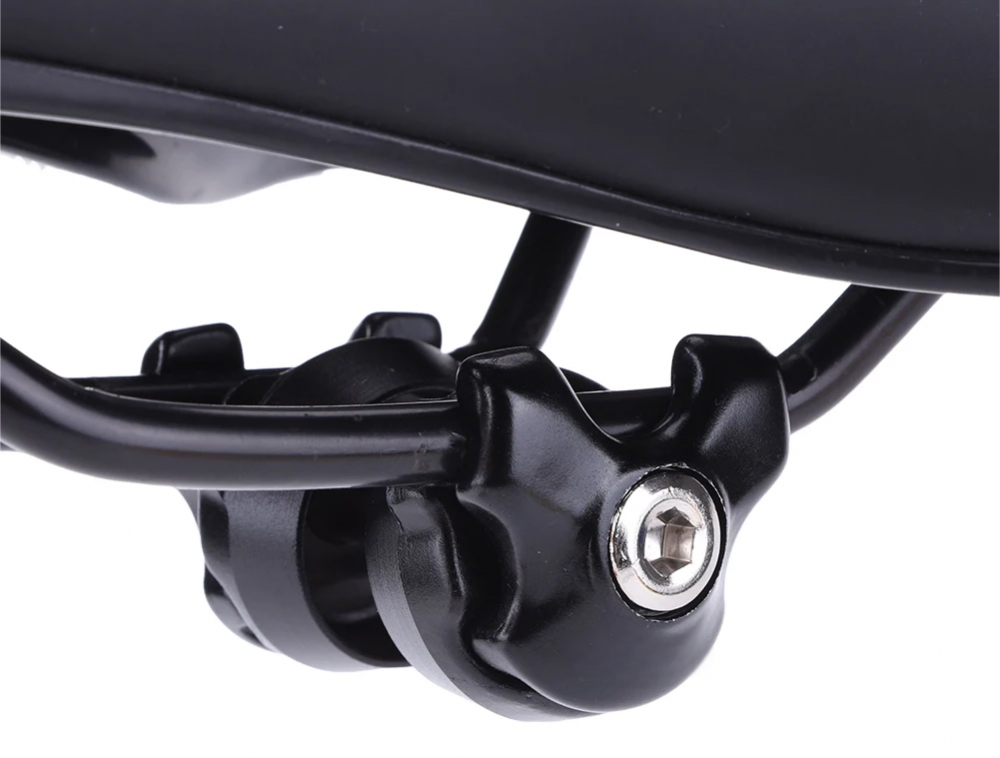
A poorly adjusted saddle clamp can turn even the smoothest ride into a wobbly, uncomfortable ordeal. Whether you’re rocking a carbon road bike or a rugged mountain bike, securing your saddle properly is key to efficiency, power transfer, and comfort. Tools You'll Need Allen keys (typically 4mm or 5mm) Torque wrench (for carbon components) Carbon grip paste (optional, but recommended) Rag and cleaning brush Step 1: Check Compatibility First, ensure your saddle clamp matches your seat post and frame. The Trifox Saddle Clip comes in oval 7×9mm and round 7×7mm sizes to fit most carbon road and MTB frames. Confirm your seat post’s rail diameter (common sizes: 7mm round or 7x9mm oval) before proceeding. Step 2: Install the Clamp Clean the seat post and clamp interface to remove dirt or grease. Apply a thin layer of carbon grip paste to prevent slippage (critical for carbon frames). Slide the clamp onto the seat post, aligning it with the frame’s seat tube. Step 3: Adjust Saddle Angle Loosen the clamp bolts slightly to tilt the saddle. For most riders, a neutral angle (parallel to the ground) is ideal. Avoid extreme tilts—nose-down can cause hand strain, while nose-up may lead to discomfort. Step 4: Set Saddle Height Position the saddle at your preferred height, ensuring the seat post isn’t extended beyond the frame's minimum insertion mark. Tighten the clamp bolts evenly in a cross pattern to avoid misalignment. For carbon frames, use a torque wrench (typically 5–6Nm) to prevent overtightening. Step 5: Secure the Rails Slide the saddle rails into the clamp, centering them for even pressure. Tighten the rail bolts gradually, alternating sides to maintain balance. Double-check for lateral movement—if the saddle shifts, add grip paste and retighten. 文字 Step 6: Test and Refine Hop on your bike and pedal lightly. If you feel rocking or discomfort: Recheck bolt torque. Ensure rails are fully seated in the clamp. Adjust angle or height incrementally. Why Choose the Trifox Saddle Clip? This lightweight, corrosion-resistant clamp is engineered for carbon frames, offering secure grip without damaging delicate materials. Its oval and round options ensure compatibility with most saddles, while the sleek design keeps your setup looking pro. Final Tips Regular Checks: Saddle clamps can loosen over time—inspect before every ride. Avoid Overtightening: Carbon components are fragile; stick to torque specs. Upgrade Smart: If your current clamp slips or feels bulky, the Trifox Saddle Clip is a reliable, affordable fix. Dial in your saddle clamp, and say goodbye to numb hands and wasted watts.
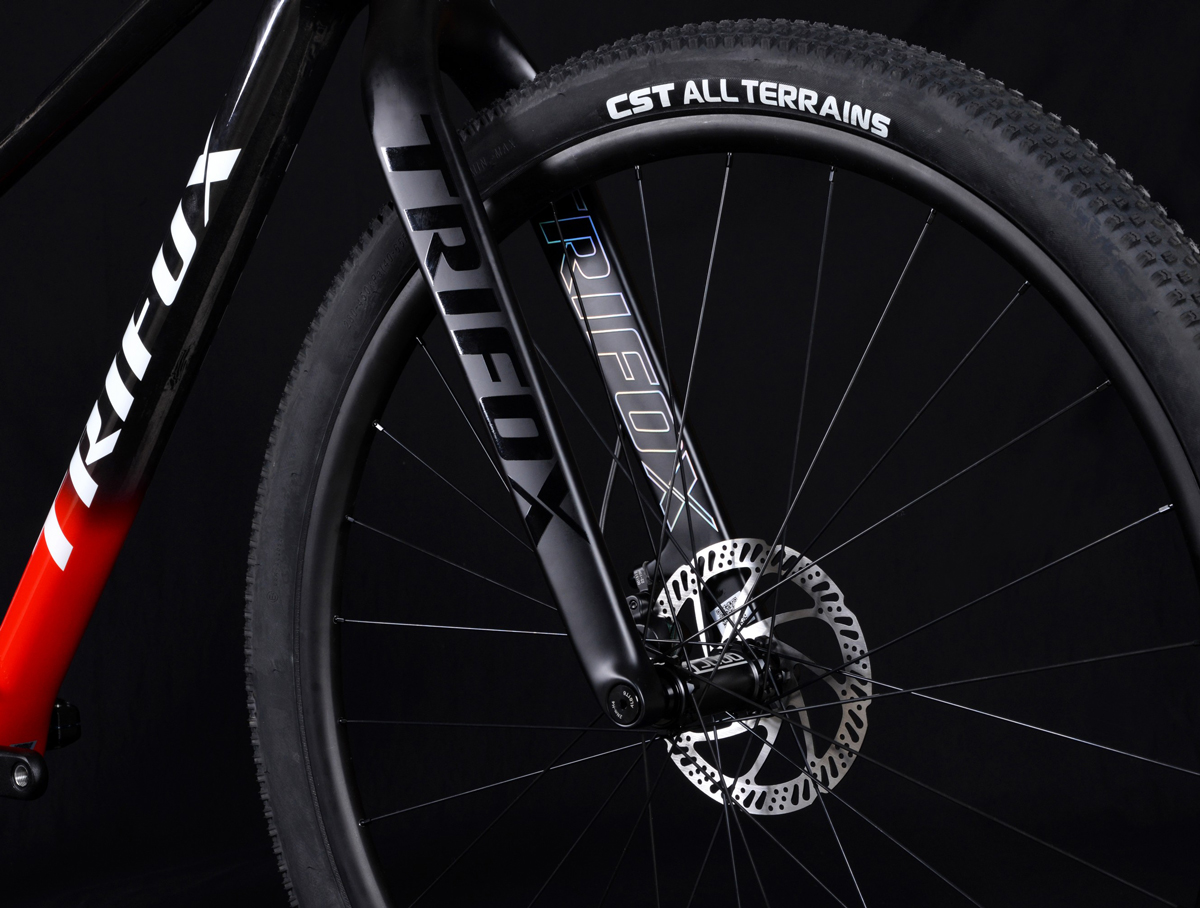
Choosing the right mountain bike fork can make or break your ride. With so many options—rigid, suspension, air-sprung, coil-sprung—it’s easy to feel overwhelmed. But don’t worry! We’re breaking down the most common MTB fork types and how they align with different riding styles. 1. Rigid Forks: Simplicity Meets Lightweight Rigid forks (no suspension) are ultralight and low-maintenance, ideal for smooth trails, gravel paths, or bikepacking where weight savings matter most. They’re perfect for cross-country purists or riders prioritizing efficiency over comfort. However, they lack shock absorption, making them less suitable for technical terrain. 2. Hardtail Suspension Forks: Versatility on a Budget Hardtail forks (front suspension only) strike a balance between efficiency and control. Air-sprung models (like Trifox’s carbon suspension forks) are lightweight and adjustable, ideal for trail riding or XC racing. Coil-sprung forks, while heavier, offer plush performance for all-day endurance rides. 3. Full Suspension Forks: Conquer the Gnar Paired with a rear shock, full suspension forks soak up bumps on aggressive descents. Look for forks with 150–180mm of travel for enduro or downhill riding. Features like adjustable damping and lockouts (available in premium models) let you switch between climbing efficiency and downhill stability. 4. Hybrid Forks: The Best of Both Worlds? Some forks blend air and coil springs for tunable performance. These hybrids cater to all-mountain riders who tackle mixed terrain. They’re adaptable but often come at a higher price point. Key Considerations Travel: Match fork travel to your terrain (80–120mm for XC, 130–150mm for trail, 150mm+ for enduro/downhill). Weight: Carbon forks (like Trifox’s) reduce weight without sacrificing strength—critical for climbing. Axle Standards: Boost spacing (110x15mm) improves stiffness and tire clearance. Budget: High-end forks offer adjustability, but mid-range models can still deliver great performance. Why Carbon Forks? Carbon fiber forks, such as those from Trifox Bike, combine durability with vibration damping—key for long rides. They're also corrosion-resistant and excel in stiffness-to-weight ratios, making them a favorite among competitive riders. Your fork choice depends on where and how you ride. For XC racers, a lightweight air-sprung carbon fork is ideal. Trail riders benefit from adjustable 120–140mm travel, while enduro shredders need burly 150mm+ forks. Check out Trifox Bike’s carbon forks to find a high-performance option tailored to your style.
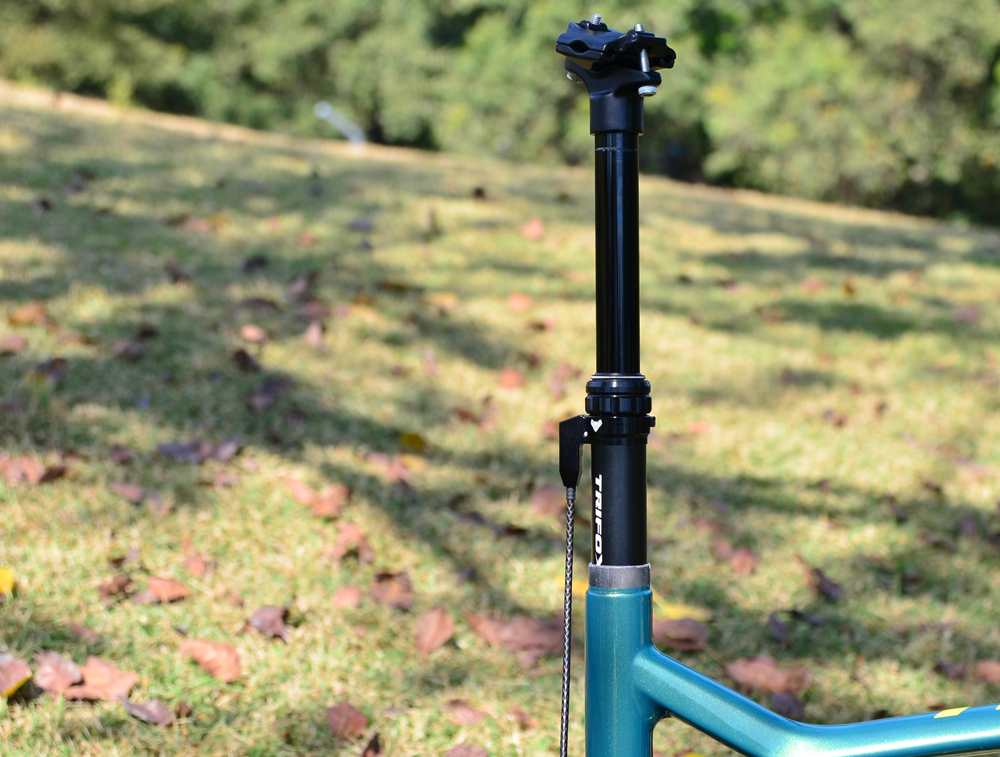
Installing an internally routed dropper post can seem intimidating, but with the right tools and patience, it’s a DIY project any mountain biker can tackle. Below, we’ll walk you through the process. What You'll Need - Dropper post and remote lever - Internal cable routing kit (housing, cable, ferrules, and end caps) - Allen keys (typically 4mm, 5mm) - Cable cutters - Grease or lubricant - Electrical tape (optional) Step 1: Prep the Frame Start by removing the seat post and old cable (if applicable). Identify your frame’s internal routing ports—most modern mountain bikes have dedicated entry/exit points near the seat tube and downtube. Clean any debris from the ports to ensure smooth cable feeding. Step 2: Thread the Housing Cut the cable housing to length, allowing extra slack for adjustments. Feed the housing through the frame's internal channels, starting at the seat tube and working toward the downtube or handlebar area. Use a magnetic guide or a flexible fishing tool if the routing is tight. Pro tip: Wrap the housing end with electrical tape to prevent fraying. Step 3: Attach the Dropper Post Insert the dropper post into the seat tube, aligning the cable entry port with the housing. Secure the post loosely with the seat clamp bolt. Connect the housing to the post’s actuator mechanism, ensuring there's no binding. Step 4: Install the Remote Lever Mount the remote lever on your handlebar (left side for most riders). Route the housing to the lever, trim excess, and secure the cable with the provided clamp. Tighten the lever bolt, but leave room for fine-tuning later. Step 5: Tension and Test Pull the cable taut at the dropper post end and tighten the anchor bolt. Test the post’s movement by pressing the remote—it should extend and retract smoothly. If there’s resistance, check for kinks in the housing or misalignment. Final Adjustments Adjust saddle height and lever position to your preference. Secure all bolts to manufacturer torque specs, and trim any excess cable. Finally, lube the cable and post mechanism to ensure longevity. Can Watch the full video tutorial here With your dropper post installed, you’re ready to enjoy faster descents and seamless transitions on the trail. Happy riding!

















